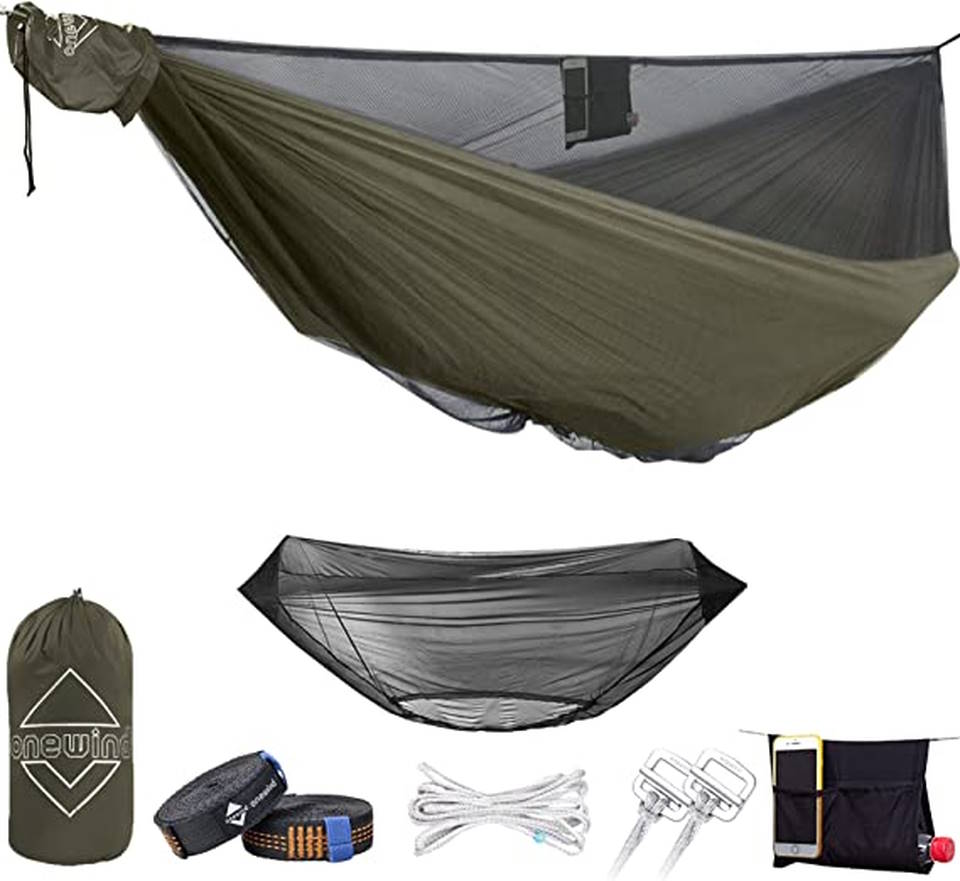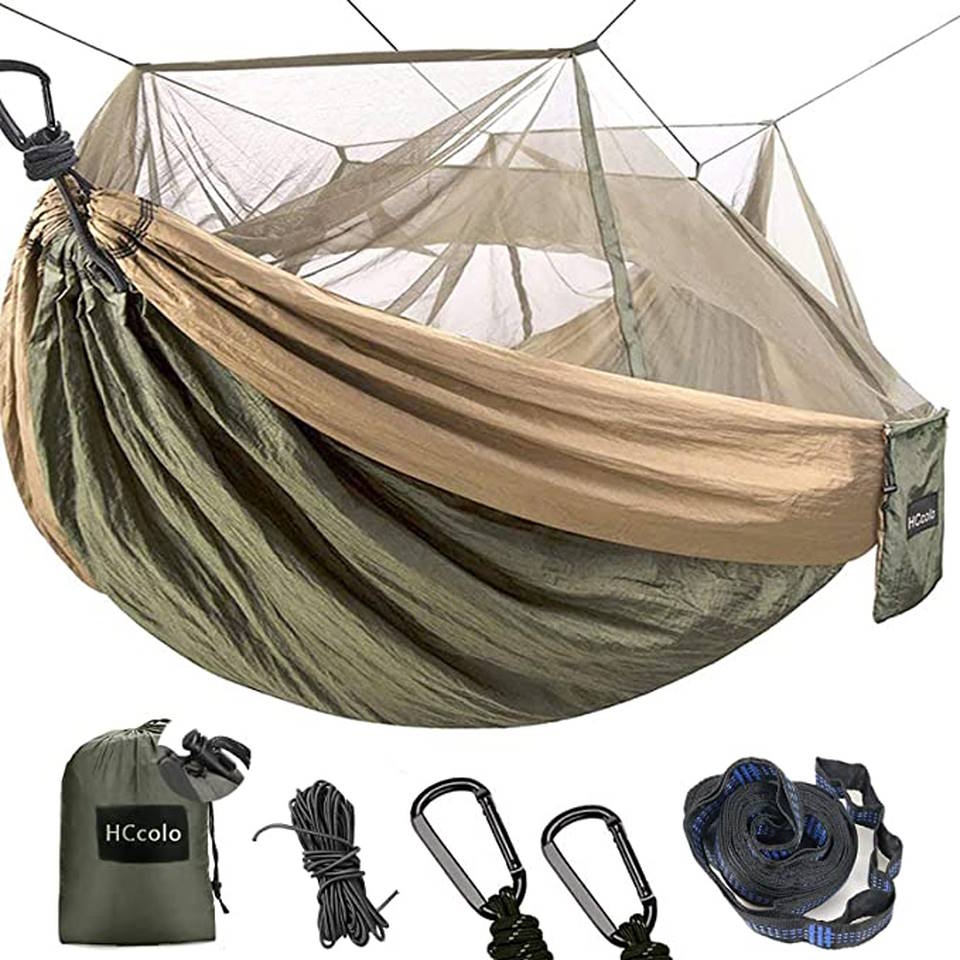Whether you love lounging in your hammock on lazy afternoons or enjoying summer nights under the stars, it’s essential to keep your hammock clean and free from dirt, mold, and mildew. We will walk you through the step-by-step process of cleaning and washing a dirty hammock, ensuring that it remains in top condition for many seasons to come. So, let’s dive in and discover the best methods to tackle dirt, mold, and mildew, and keep your hammock looking and smelling as good as new.
Introduction
Keeping your hammock clean is essential to prolong its lifespan and ensure a comfortable and hygienic lounging experience. Whether you enjoy unwinding in a traditional rope hammock or prefer a more modern fabric one, regular cleaning is necessary to remove dirt, stains, and potential mold or mildew buildup. We will explore effective cleaning methods for hammocks, answer common questions about washing hammocks, and provide tips on getting rid of mold and mildew.
When it comes to cleaning a dirty hammock, the process will depend on the type of material it is made of. The majority of hammocks can be hand-washed, machine-washed, or even cleaned using a hose and mild detergent. However, always check the manufacturer’s instructions for specific care recommendations. For fabric hammocks, a gentle cycle in the washing machine with cold water and mild laundry detergent usually does the trick. It’s important to avoid using bleach or harsh chemicals that can damage the fabric fibers.
How Do You Clean a Dirty Hammock?
Cleaning a dirty hammock can seem like a daunting task, but with the right approach, it can be a simple and satisfying process. Regular cleaning not only helps to maintain the appearance of your hammock but also extends its lifespan. We will explore effective methods and tips on how to clean a dirty hammock.
1. Gather the necessary supplies
Before you start cleaning your dirty hammock, it’s essential to gather all the necessary supplies. This includes mild detergent, a soft-bristle brush, a hose or bucket of water, and a towel or cloth for drying.
2. Check the manufacturer’s instructions
It’s important to check if the hammock comes with any specific cleaning instructions or restrictions from the manufacturer. Some hammocks may have special materials or coatings that require specific cleaning methods, so be sure to follow their guidance.
3. Remove any debris and spot clean
The first step in cleaning a dirty hammock is to remove any debris or loose dirt. Shake the hammock vigorously to dislodge any loose particles, and then use a soft-bristle brush to gently scrub any spots or stains. Avoid using harsh chemicals or abrasive cleaners as they can damage the fabric.
4. Hand wash your hammock
Fill a bucket or bathtub with lukewarm water and add a small amount of mild detergent. Submerge the hammock in the soapy water and use your hands to gently agitate the fabric. Allow it to soak for a few minutes to loosen any dirt or grime.
Note: If your hammock is too large to fit in a bucket or bathtub, you can also use a clean, smooth-surfaced area outdoors for washing.
5. Rinse thoroughly
After the soaking period, remove the hammock from the soapy water and rinse it thoroughly with clean water. Make sure to rinse out all the soap to prevent any residue from sticking to the fabric.
6. Allow it to air dry
Once the hammock is clean and rinsed, hang it in a well-ventilated area or between two sturdy trees to air dry. Avoid direct sunlight, as it can fade the fabric. Ensure that the hammock is completely dry before storing it to prevent the growth of mold or mildew.
7. Maintain and protect your hammock
Regular maintenance can help keep your hammock clean for more extended periods. Avoid eating or drinking while using the hammock, as food stains can be challenging to remove. Additionally, consider using a removable hammock cover or storing your hammock indoors when not in use to protect it from outdoor elements.
Can a Hammock Be Washed?
Yes, hammocks can be washed to keep them clean and fresh. Regular cleaning will help extend the lifespan of your hammock and ensure that it remains in good condition for years to come. However, it is essential to follow the proper washing instructions to avoid damaging the fabric or compromising its durability. We will explore the various methods and tips for effectively washing a hammock.
When it comes to washing a hammock, there are a few important factors to consider. The first is the material of your hammock. Hammocks can be made from various materials such as cotton, nylon, or polyester. Each material requires a slightly different cleaning approach to avoid shrinking, discoloration, or any other damage.
- Cotton hammocks: If your hammock is made of cotton, it is usually safe to machine wash it. However, make sure to use a gentle cycle with cold water and mild detergent. Avoid using bleach or harsh chemicals as this can weaken the fabric fibers. After the wash, hang the hammock to air dry, preferably in a shaded area to avoid direct sunlight.
- Nylon and polyester hammocks: These types of hammocks are best cleaned by hand. Fill a basin or large sink with cool water and add a mild detergent. Gently agitate the hammock in the soapy water, paying extra attention to any stains or soiled areas. Rinse thoroughly with clean water to remove all soap residue. Squeeze out excess water without twisting the fabric and hang it to dry.
It is important to avoid using hot water or high heat when washing or drying your hammock, as these can cause shrinkage or damage to the fabric. Similarly, harsh abrasives or scrubbing brushes should be avoided to prevent any unwanted wear and tear.
- Mildew and mold removal: If your hammock is affected by mildew or mold, it requires special attention. Mix a solution of equal parts water and white vinegar, then apply it to the affected areas. Use a soft brush or cloth to gently scrub away the mildew or mold. Rinse thoroughly and wash your hammock using one of the above methods to remove any remaining residue.
- Stain removal: For stubborn stains, you can pre-treat them with a stain remover before washing. Be sure to follow the instructions provided by the stain remover manufacturer. If the stain persists after washing, repeat the process or consider taking it to a professional cleaner.
Regular maintenance and cleaning of your hammock not only keep it looking fresh but also prolong its lifespan. Remember to check the care instructions provided by the manufacturer to ensure that you follow the specific cleaning guidelines for your hammock. By incorporating these simple cleaning practices into your routine, you can enjoy a clean and comfortable hammock for years to come.
How Do You Get Mold and Mildew Out of a Hammock?
Mold and mildew are common problems that can occur when your hammock is exposed to moisture and not properly cared for. These pesky fungi not only look unsightly but can also lead to health issues if left untreated. Fortunately, there are several effective methods to help you get rid of mold and mildew and restore your hammock to its pristine condition.
Cleaning with Vinegar Solution
One of the most effective and natural ways to remove mold and mildew from your hammock is by using a vinegar solution. To create the solution, mix equal parts of white vinegar and water in a large bucket or basin. Submerge the affected parts of your hammock in the solution and let it soak for at least 30 minutes. Afterward, scrub the affected areas using a soft brush or sponge. Make sure to pay extra attention to the spots where mold and mildew are concentrated. Once you have thoroughly cleaned the hammock, rinse it with clean water and hang it in a sunny spot to dry.
Bleaching Technique
If the mold and mildew stains on your hammock are stubborn and the vinegar solution doesn’t completely remove them, you can try using a mild bleach solution. However, it’s important to note that bleach can cause discoloration or damage certain types of hammock materials, so proceed with caution. Create a diluted bleach solution by mixing 1 part bleach with 4 parts water. Using gloves to protect your hands, apply the solution to the affected areas and let it sit for 10-15 minutes. Then, rinse the hammock thoroughly with clean water and allow it to dry.
Preventing Future Mold and Mildew Growth
Once you have successfully removed mold and mildew from your hammock, it’s important to take preventive measures to avoid future growth. Here are a few tips:
- After each use, hang your hammock in a dry and well-ventilated area to prevent moisture buildup.
- Regularly inspect your hammock for any signs of mold or mildew and address them promptly.
- Avoid leaving your hammock outdoors for extended periods, especially during damp or rainy weather.
- If storing your hammock for a long time, make sure it is completely clean and dry to prevent mold and mildew growth.
In conclusion
Taking care of your hammock and keeping it free from mold and mildew is crucial for both its longevity and your health. By following the above steps and implementing preventive measures, you can ensure that your hammock remains a comfortable and enjoyable place to relax for years to come.








